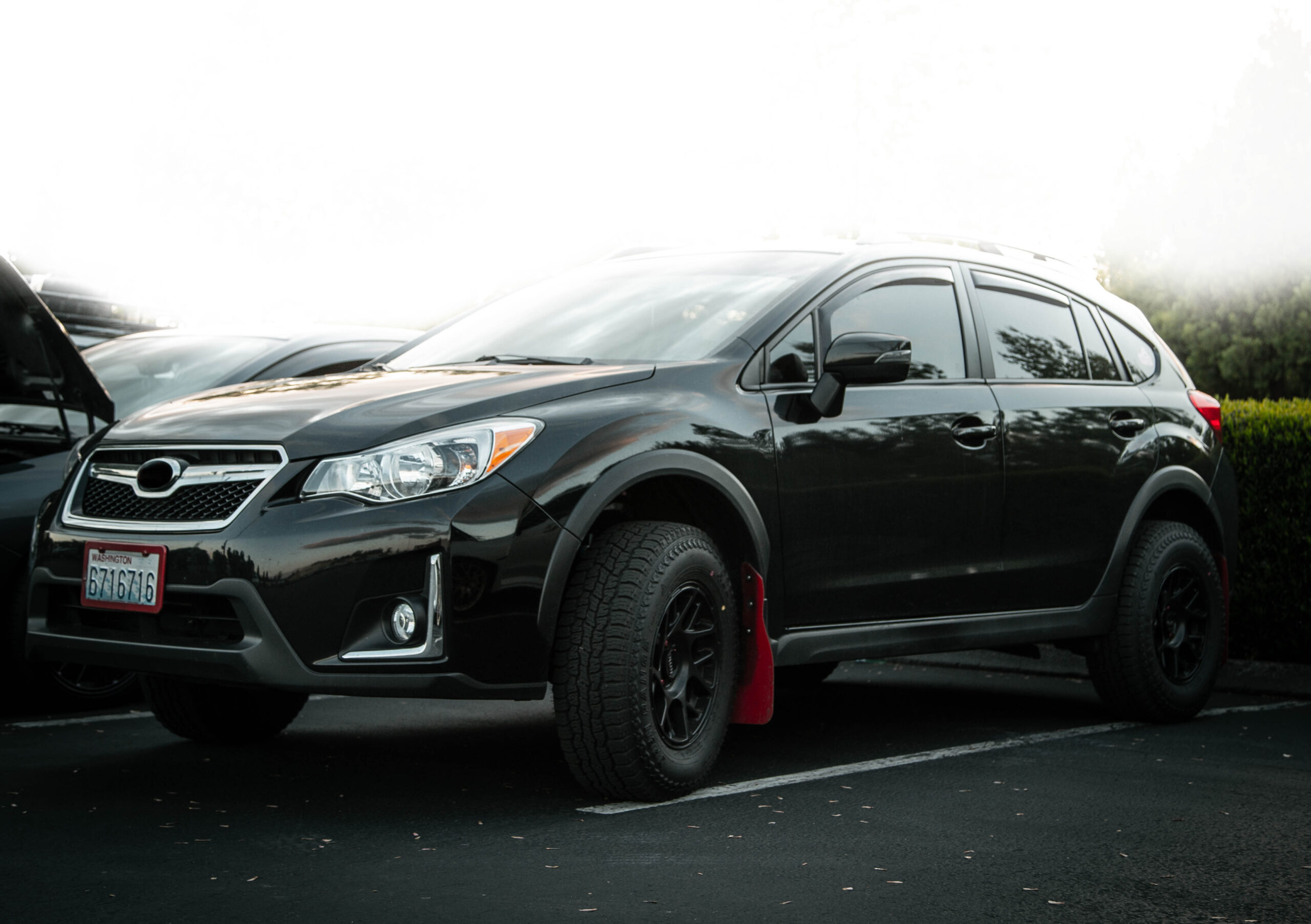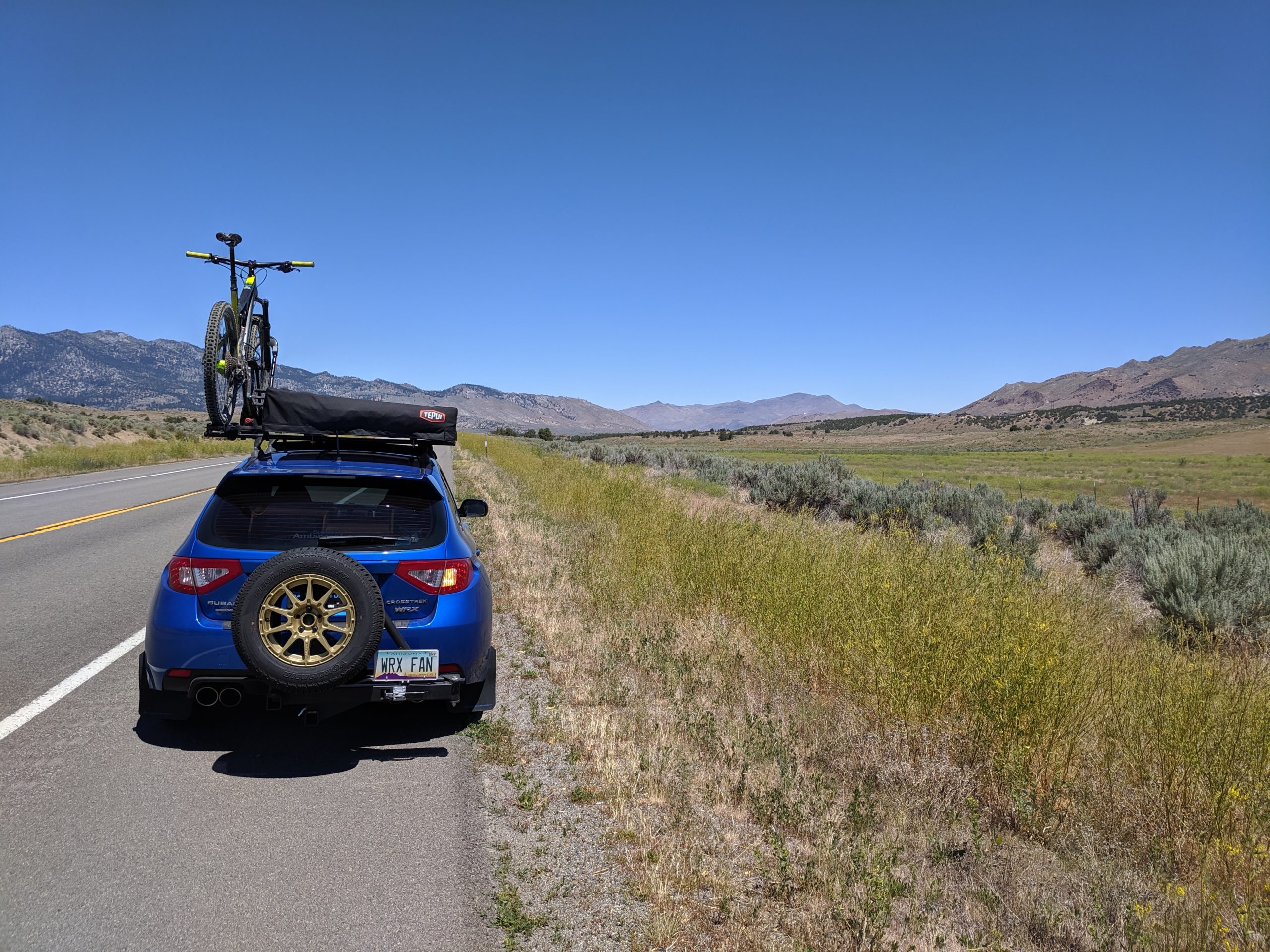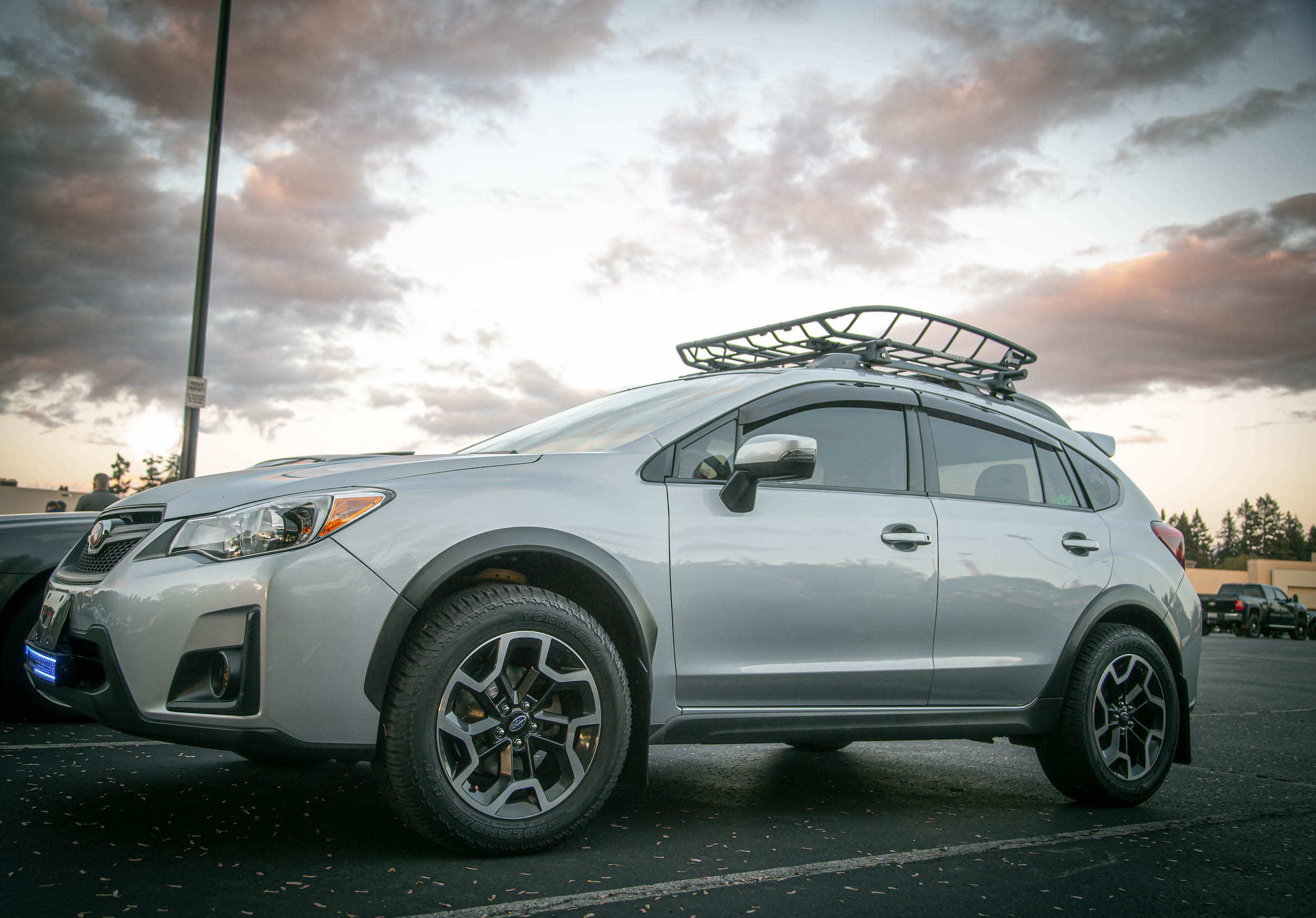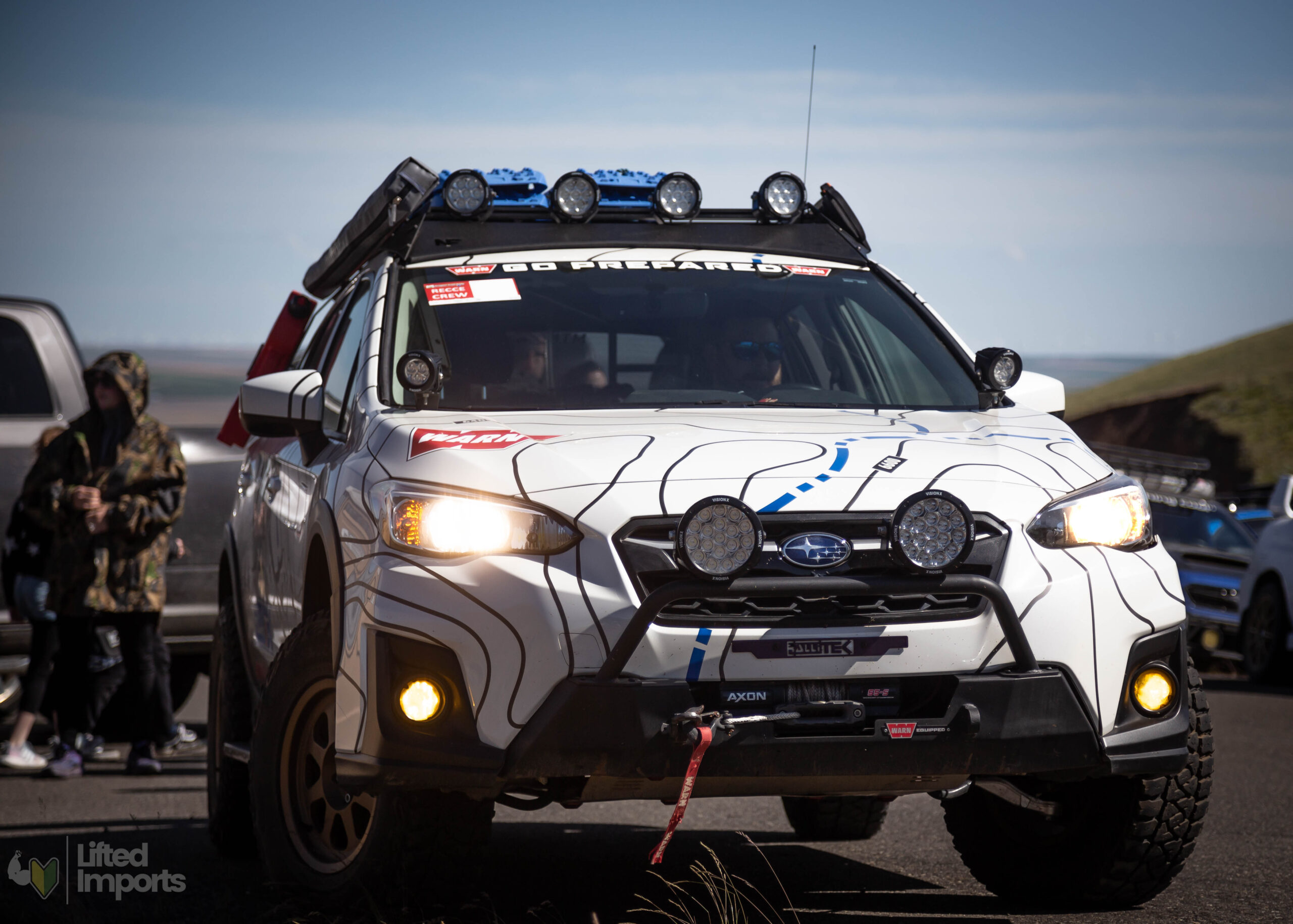
After driving lifted Subarus for about 10 years, I’ve really grown to appreciate their versatility and capability. Not only are Subarus easy to drive, comfortable, and reliable, but they can keep up with 4×4’s on mild offroad trails when modified correctly.
Even though they can do really well on mild gravel roads without a lift kit, there are some key reasons why I’ve chosen to lift my Subarus:
- Better approach and departure angles
- Better vantage point from the driver’s seat
- Clearance for bigger tires
- More room to perform repairs
- Save money on fuel costs vs using a 4×4
Improved Approach and Departure Angles
Approach Angle represents the max incline of a ramp that a vehicle can drive up from a flat surface without any obstruction. This angle is determined by measuring the angle between the ground and an imaginary line extending from the front tire to the lowest point of the vehicle’s front overhang. This defines your Subaru’s capability to ascend sloped obstacles without dragging.
According to JD Power, departure angle mirrors the approach angle, but it pertains to the vehicle’s rear. This angle plays a crucial role in determining the maximum slope your car can ascend without the rear bumper making contact with the ground as the back tires climb. Similarly, during descents, it signifies the steepest obstacle you can navigate without the bumper hitting the obstacle as your tires descend onto level ground.
After lifting my first Subaru I was shocked at how easily I could drive up steep hills in the forest. The lift kit gave it substantially more ability to go just about anywhere I wanted in the woods no matter how far I wanted to go.
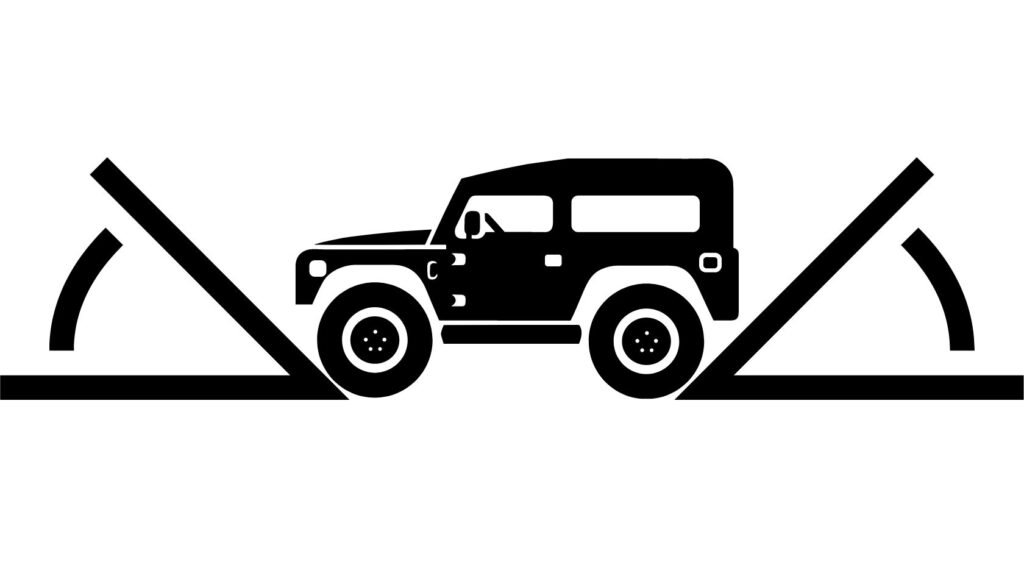
Having improved approach and departure angles made me feel much less likely to damage the undercarriage of my subie. I am now able to drive up steep hills that even 4×4 drivers are surprised by.
You can see how I was able to easily back my car up onto the side of the road with no issues here:
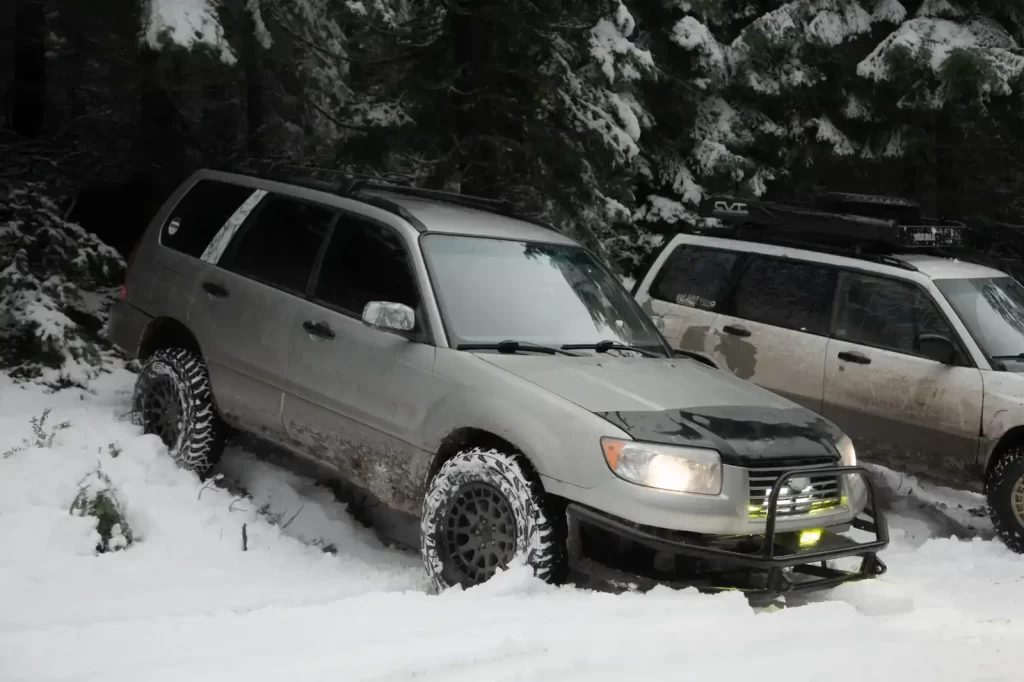
Better Visibility On and Offroad
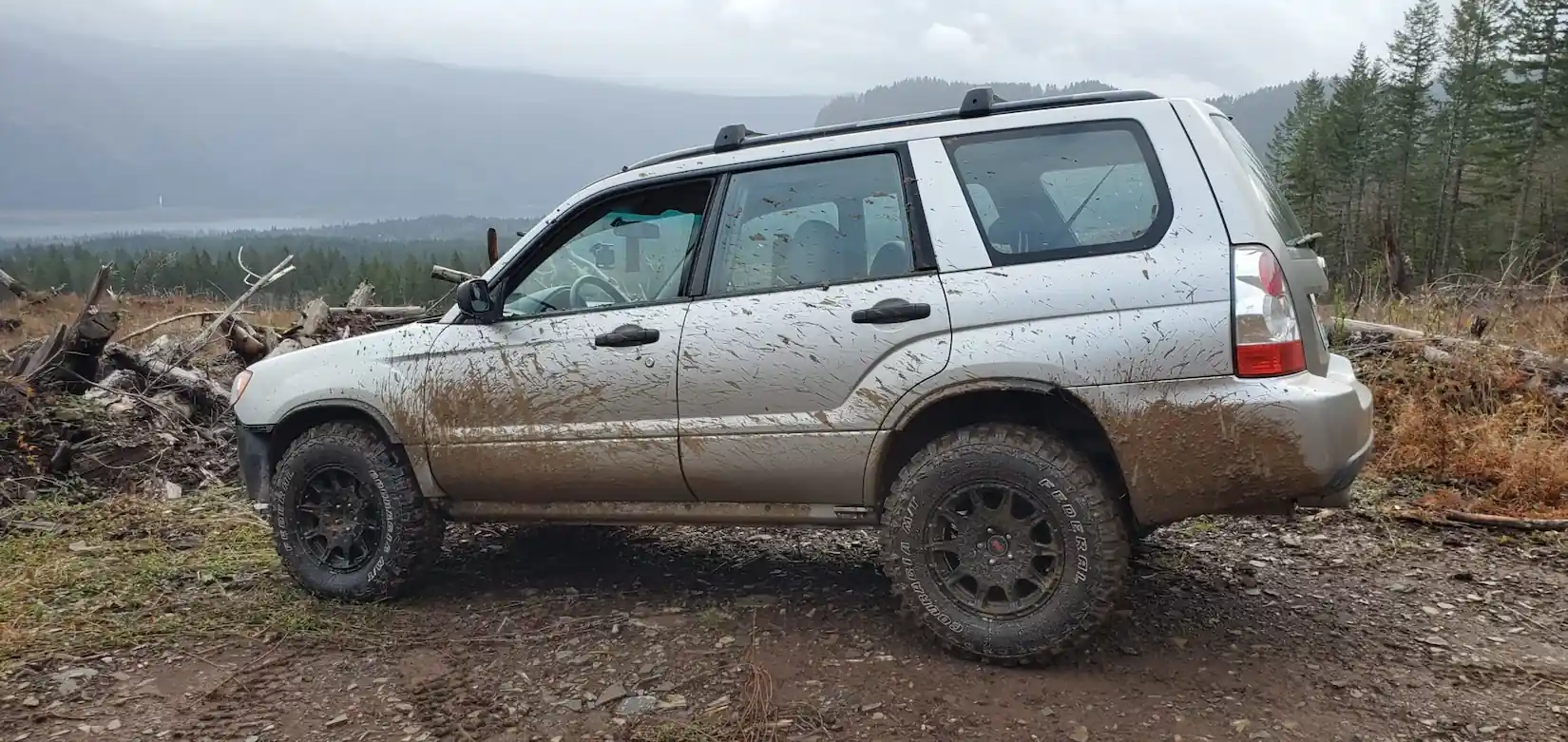
I really appreciate being able to see what’s going on around me when driving a lifted Subaru. Even in regular city traffic I am able to safely look over bushes or other obstructions before turning onto busy roads.
Having a lift kit installed also helps me see a bit better when I’m driving in the rain. It keeps my windshield out of the overspray from other vehicles and makes my car more visible to other drivers in bad weather.
My Forester only has a 2 inch lift on it and bigger tires. Just those two things have improved the visibility substantially.
Clearance for Bigger Tires
This is arguably the biggest benefit of installing a lift kit on a Subaru. Bigger tires are the main way to gain offroad capability. They provide more ground clearance, more sidewall for airing down, and usually a bigger foot print for gripping slick or large obstacles. Bigger tires are also typically going to be less prone to damage while on the trail.
After installing an Anderson Design & Fabrication lift kit on my 2006 Subaru Forester, I was able to size up from a 26.2 inch diameter tire to an impressive 29 inch 235/75R15 mud terrain. These tires have allowed me to tackle deep mud, snow, dirt, sand, and mild 4×4 trails with no issues. I did need to perform some trimming and hammering on the car to make them fit. But it was well worth the extra work.
I’m very concerned with functionality but I do appreciate aesthetic improvements. The larger aggressive tires make the car look a lot better in my opinion.

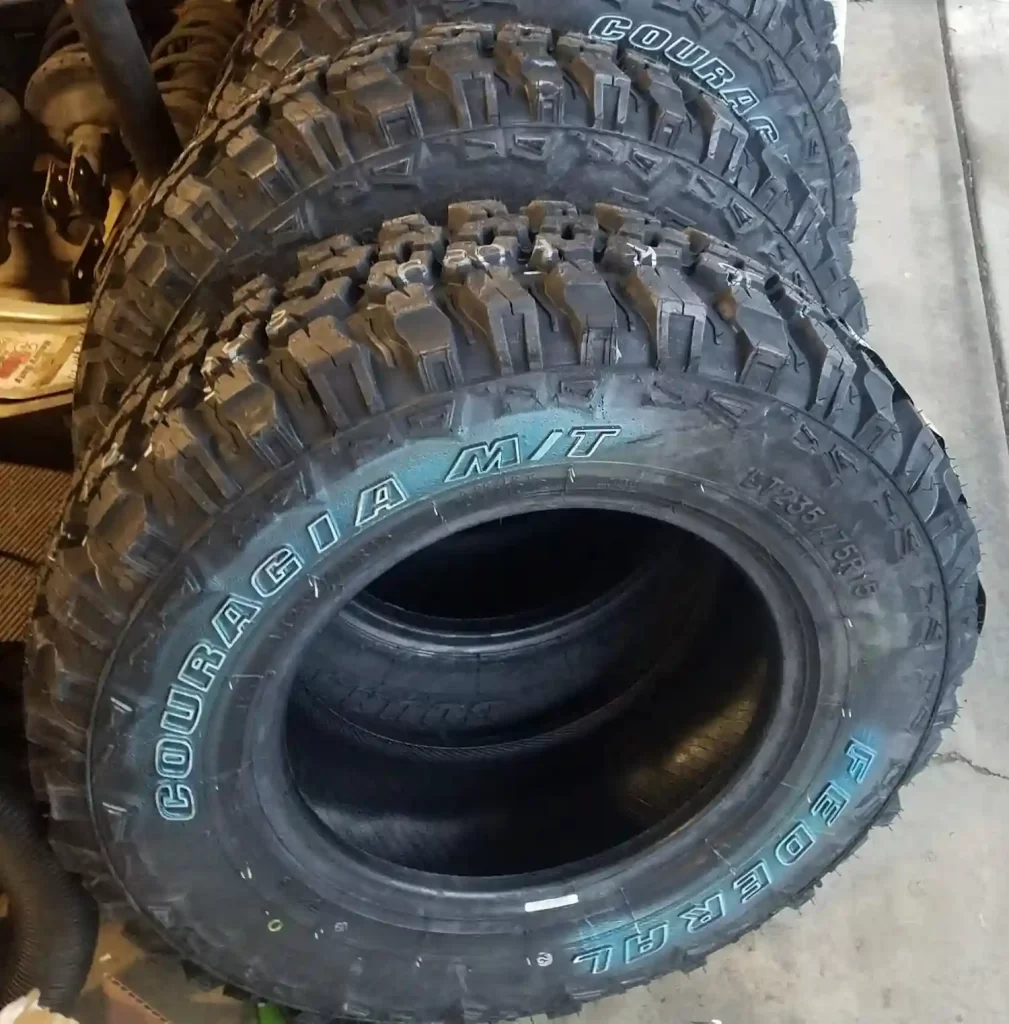
Easier To Perform Repairs
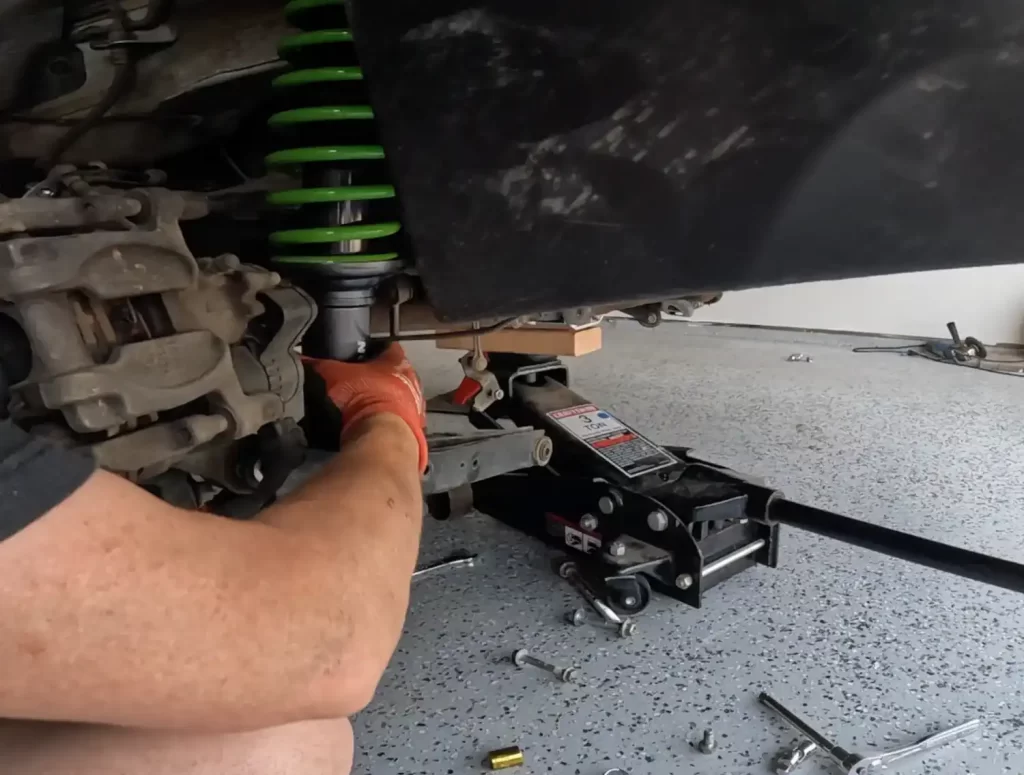
I might be splitting hairs here, but after lifting my Subie and installing bigger tires I now have about a foot of ground clearance. It’s so much easier to just slide under the car to perform oil changes or routine repairs. I can also do transmission fluid changes much more easily now.
This comes in extremely handy on the trials. If I need to fix something while we’re out offroading, I can easily get under the car to inspect any possible issues and then fix the problem.
The only downside here is that when I do need to lift the car while working in the garage, I have to use 6 ton floor jacks in order to keep the car off the ground. But they are more sturdy than the smaller jack stands that I use for my smaller car.
Affordable Trail Days & Camping Trips
If you avoid overly heavy tires, don’t install huge roof mounted accessories, and don’t drive aggressively, even a lifted Subaru can get relatively good gas mileage. My lifted Forester gets about 24 mpg average even with a bumper cut. Meanwhile, my lifted Jeep gets around 12-14mpg on a good day.
If I want to head out and do some mild offroading or find a secluded camping spot, the lifted Subaru is my favorite car to take out. Of course, it can’t climb the same kind of obstacles that the Jeep can. But it doesn’t need to when I’m just trying to head off the beaten path for a weekend getaway in the woods.
I can currently drive 250-300 miles for a camping or hiking trip and only spend around $45 on fuel. This makes adventures so much more affordable than driving my 4×4.
I created a guide for maximizing fuel economy in lifted Subarus if you want to avoid some of the early mistakes I made.
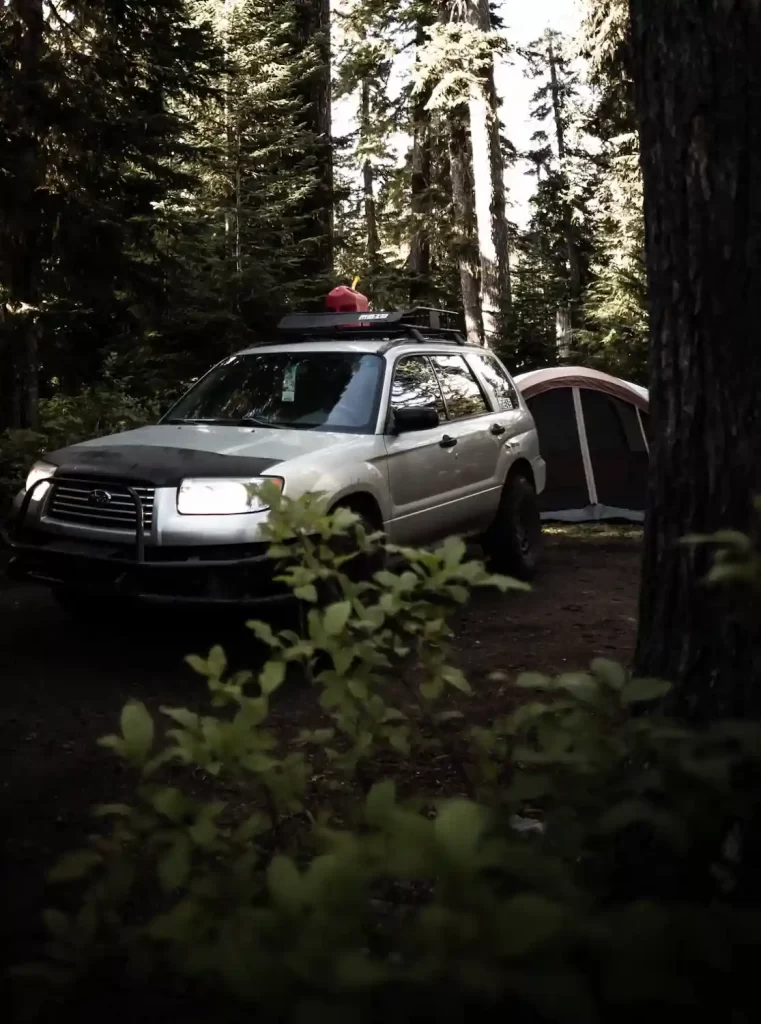
For basic gravel and dirt roads, a stock height Subaru is just fine. But for more advanced trails and peace of mind, I’ve found installing a 2 inch lift kit to offer a ton of benefit for my adventures. If you’d like to see the rest of the mods I’ve done to my Forester, check out my build feature to see everything I’ve put on it.
Related Articles:

